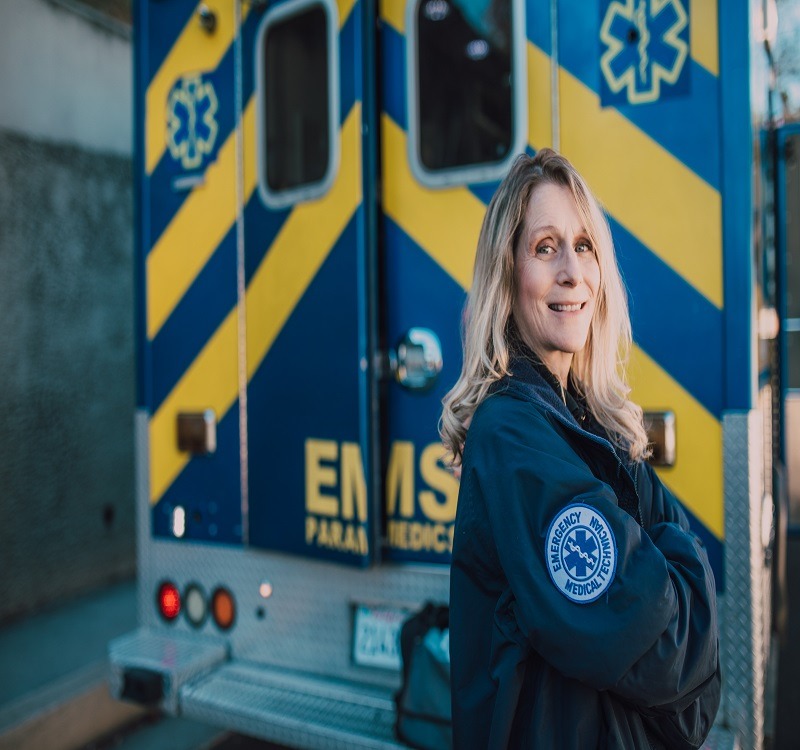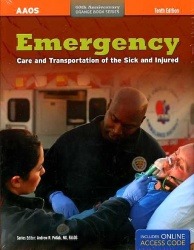Do you have any family members who have recently gone through physical or mental trauma? If yes, you should look for emergency medical technicians in your area to conduct a Trauma assessment of the patient timely.
Steps Involved in the Assessment of Trauma Victims
Gathering of Resources and Information
Gathering of Patient Assessment EMT professionals and other care teams. essential equipment and basic information is the first step to assessing trauma victims. Emergency Medical Services should share details related to the mechanism of an injury, vital signs of a patient, latest interventions, obvious injury, and age of the patient.
Predict a Few Injuries or Threats
Once the emergency medical technicians collect information about the patient, they start thinking about a few possible injuries, which may become a threat to the life of the patient. The trauma team varies according to the staffing and location of the hospital but it should possess at least an EMT or nurse, and a doctor.

Role Assignment of Medical Professionals
Before the arrival of a traumatic patient, every medical professional should know his/her role. In particular, a doctor or physician should be the team leader in handling a trauma patient. Other roles related to NREMT Trauma Assessment are airway management, documentation, IV access, attachment of monitoring devices, and administration of medicines. The doctor should not only assign individual roles to medical professionals but also he should take the charge of the right decision and direction after the arrival of a trauma patient through his assessment.
Gathering and Preparation of the Essential Equipment
Based on the initial information obtained by NREMT Medical Assessment for traumatic patients, the teams should assemble and prepare every piece of equipment. Medical professionals should prepare equipment for cardiac monitoring, intubation, intraosseous access, intravenous access, and other interventions, which may indicate the obtained initial information. Other than that, doctors and EMTs may need a few additional pieces of equipment and interventions to be prepared to access additional resources for patients.
Commencement of the Primary Survey in the Sequence of ABCDE
Once a patient arrives in the clinic or hospital, Patient Assessment EMT professionals will brief their findings related to the trauma patient. Based on the present condition of the trauma patient, the team has to start the primary survey at the time of EMS presentation only. For this, EMTs should put their best possible efforts to provide pertinent information to the doctor. Accordingly, doctors and experts involved in Advanced Trauma Life Support should promote the primary survey of every trauma patient by following the ABCDE sequence. Here, ABCDE is the acronym for airway, breathing, circulation, disability, and exposure.

Airway
Airway obstruction in a trauma patient is an emergency and it needs immediate help from experts. If the problem remains untreated, the obstruction may pose many risks related to brain damage, heart and kidney problems, cardiac arrest, and death.
Breathing
Under breathing, EMTs and doctors diagnose and treat severe asthma, haemothorax, tension pneumothorax, pulmonary oedema, and other immediate life-threatening conditions.
Circulation
Circulation checks everything, which may compromise the circulatory state of a patient. These include hypovolaemia, tension pneumothorax, and related breathing problems.
Disability
Under the disability section, doctors and EMTs identify hypercapnia, hypoxia, cerebral hypoperfusion, and administration of analgesic drugs, all of which are underlying causes of disability in trauma patients.
Exposure
Doctors examine trauma patients based on complete exposure to their bodies. However, one should respect the dignity and must reduce heat loss.
Conclusion
Trauma assessment is the most significant step to help the condition of trauma patients gradually and to let them lead a better life.

PALM DESERT – Main Office
73700 Dinah Shore Drive, Suite 107,
Palm Desert, CA 92211
1-760-832-iCPR (4277)
PalmDesertCPR@gmail.com
https://www.yourcprmd.com/emt-skills-competency-verification-approved-by-the-emsa/





